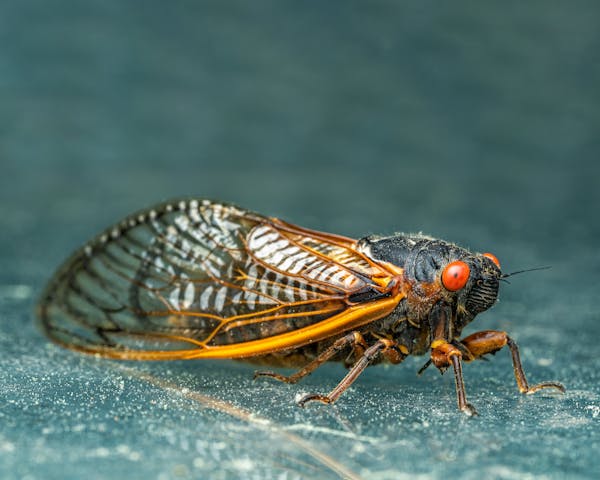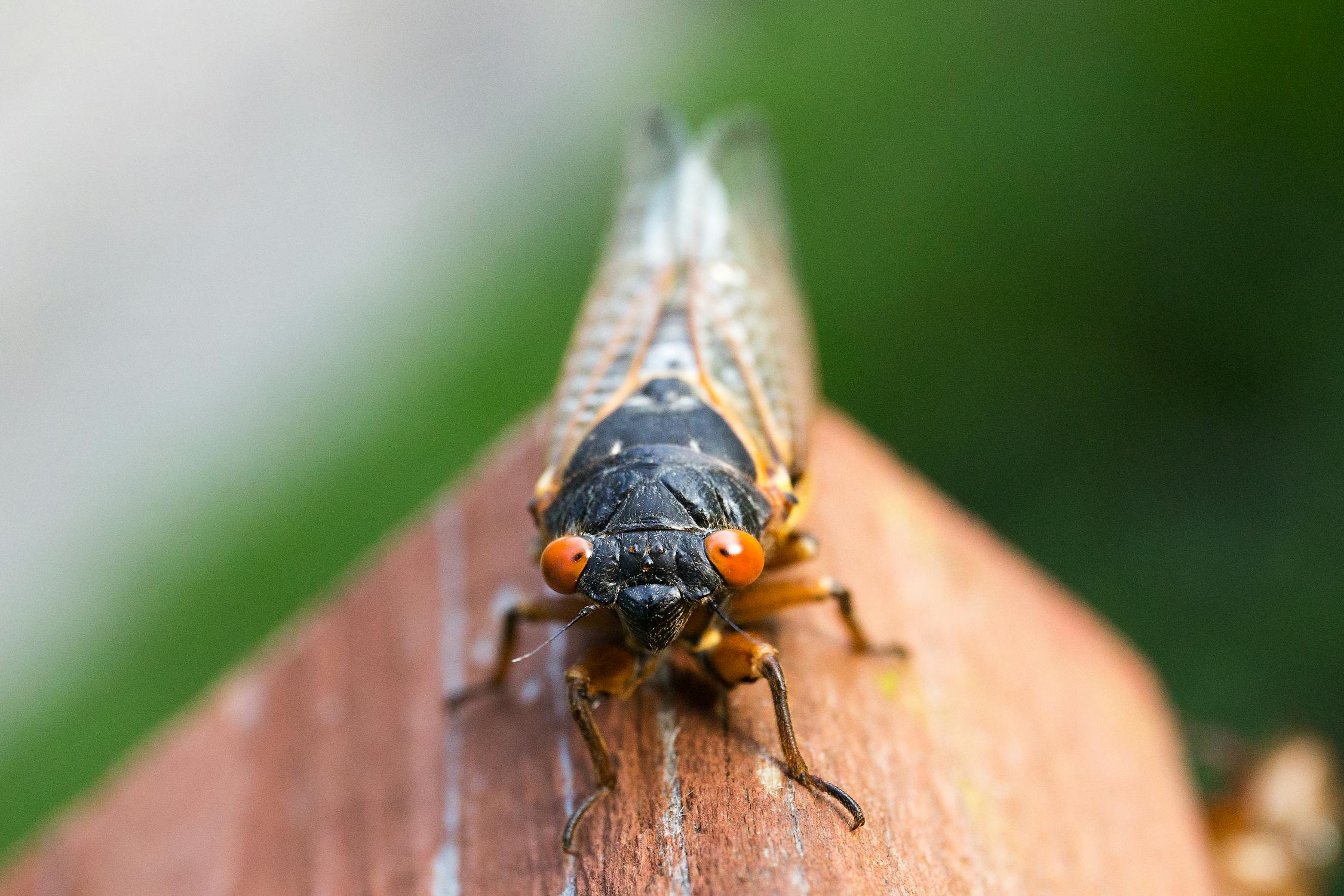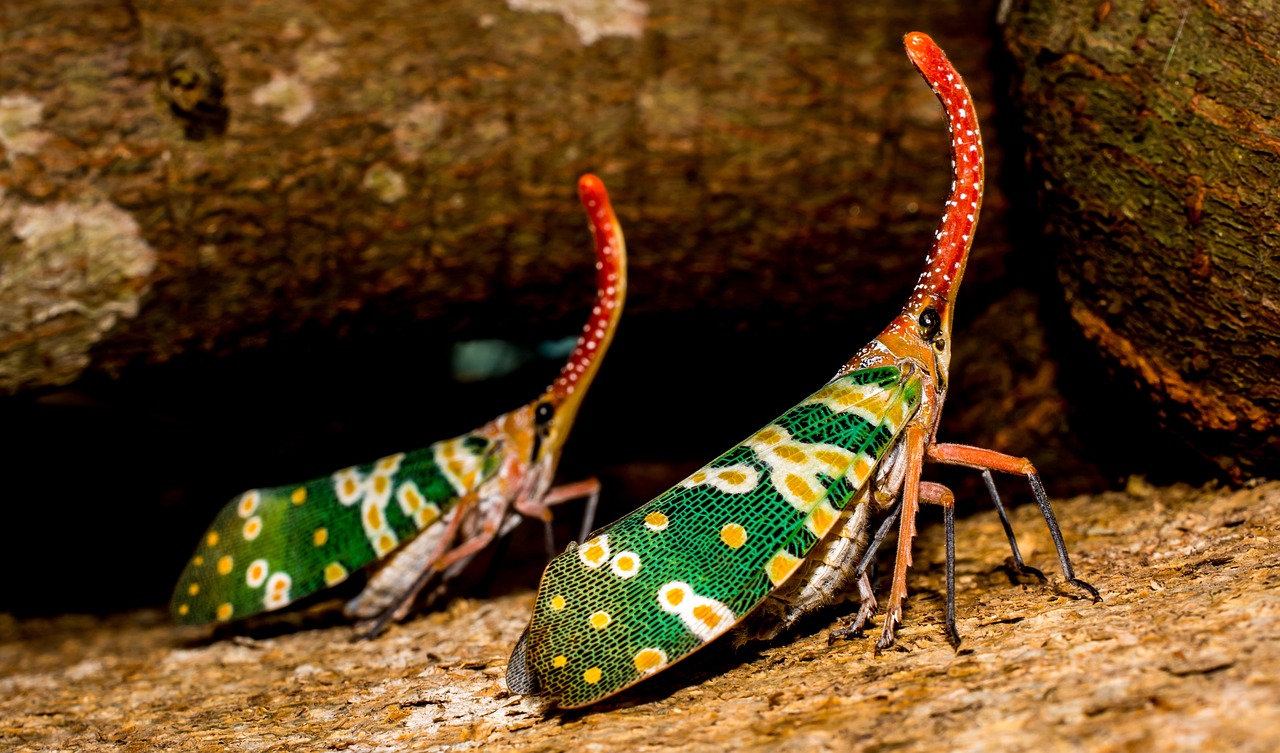What do you know about cicadas?

The cicada is an intriguing insect that is known for its unique life cycle and distinct sound.
These insects are known for their distinct buzzing sound and their massive swarms that emerge every 17 years in certain regions. They have been making headlines as billions of cicadas have emerged in parts of the United States, creating a natural phenomenon known as a “cicada invasion.” These fascinating creatures have fascinated and intrigued people around the world with their unique life cycle and noisy presence.
The cicada is a type of insect that belongs to the order Hemiptera. There are over 3,000 known species of cicadas, and they can be found in various parts of the world, including North America, Europe, Asia, and Australia.
One of the most fascinating aspects of cicadas is their life cycle. Cicadas undergo incomplete metamorphosis, which means they have three stages: egg, nymph, and adult. The nymphs hatch from eggs and burrow underground, where they live and feed on plant roots for several years. This period can range from a few years to as long as 17 years, depending on the species.
After their development is complete, the nymphs emerge from the ground as adult cicadas. The adult cicadas have wings and are known for their distinctive sound. The male cicadas produce loud and repetitive calls using specialized organs called tymbals. These calls serve as a mating call to attract females.

Cicadas are also known for their unique appearance. They have large, clear wings and prominent eyes. Their bodies can vary in color, with some species having bright colors and patterns, while others have more muted tones.
Cicadas are primarily herbivorous, feeding on the sap of trees and plants. They do not cause significant harm to the plants they feed on, as they have evolved to coexist with their host plants.
Types of cicadas
Periodical Cicadas: These cicadas have one of the most remarkable life cycles. They are known for their synchronized emergence every 13 or 17 years, depending on the species. They are found in eastern North America and are categorized into different broods based on their emergence patterns.

Annual Cicadas: Unlike periodical cicadas, annual cicadas emerge every year. They have shorter life cycles, typically ranging from 2 to 5 years. Annual cicadas are found in various parts of the world and are known for their loud buzzing calls during the summer months.

Green Grocer Cicadas: These cicadas are native to Australia and are known for their vibrant green coloration. They have a loud and distinctive call and are often found in eucalyptus forests.
Lanternfly Cicadas: Lanternfly cicadas, also known as lanternflies or lanternfly cicadas, are found in Southeast Asia. They have unique appendages on their heads that resemble lanterns, hence their name. These appendages are believed to play a role in sound production.

Desert Cicadas: Desert cicadas are adapted to arid regions and are found in desert areas around the world. They have a shorter life cycle compared to other cicadas and are known for their ability to survive in extreme desert conditions.
These are just a few examples of the many types of cicadas that exist. Each species has its own unique characteristics and adaptations that make them fascinating insects to study and observe.




